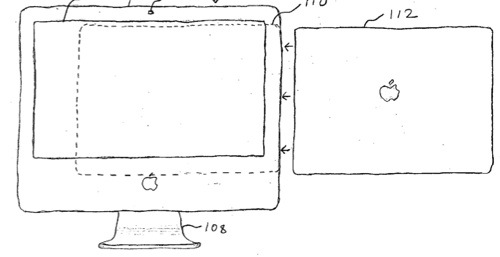With the digital world upon us, digitalization will significantly change the technology market through the Internet of Things, according to Gartner, Inc. (www.gartner.com). While IT spending in Europe, the Middle East and Africa (EMEA) will show an average annual growth rate of 2.2 percent through 2017, the Internet of Things (things, people, places and systems) will create new markets and a new economy, according to the research group.
“The traditional IT market is not going to grow at a faster rate any time soon, if ever. Increased growth will come from the non-traditional IT market,” says Peter Sondergaard, senior vice president at Gartner and global head of Research. “While in 2015 the combined IT and telecom market will hit nearly US$4 trillion, the incremental revenue generated by the Internet of Things’ suppliers is estimated to reach $309 billion per year by 2020. Half of this activity will be new start-ups and 80% will be in services rather than in products. The Internet of Things is a strategically important market. It will accelerate fast and will drive both revenue and cost efficiencies.”
In 2009, there were 2.5 billion connected devices; most of these were mobile phones, PCs and tablets. In 2020, there will be over 30 billion devices connected, of far greater variety. The Internet of Things will create greater economic value for all organizations, and for the global economy, says Sondergaard.
Gartner predicts that the total economic value add for the Internet of Things will be $1.9 trillion dollars in 2020, seen across a number of industries. The verticals that are leading its adoption are manufacturing (15%), healthcare (15%) and insurance (11%).
For example, the manufacturing sector will benefit from producing billions of devices and from more efficient tracking of materials and components leading to cost efficiencies. In healthcare, smart slippers and other wearable devices for elderly people contain sensors that detect falls and various medical conditions.
If something is amiss, the device will alert a doctor via e-mail or text message, possibly preventing a fall and a costly trip to the emergency room. Another example includes installing sensors in cars that provide a pay as you drive insurance that links the insurance premium to the individual’s risk profile.
“The Internet of Things enables solutions that are optimized for the customer and enables new innovative business models,” says Sondergaard. “This will allow companies to move away from blanket pricing to more tailored solutions which benefit both company and customers.”
The Internet of Everything and the Nexus of Forces, which combine the physical world and the virtual, will drive organizations and their CIOs toward an all-embracing digital future.


